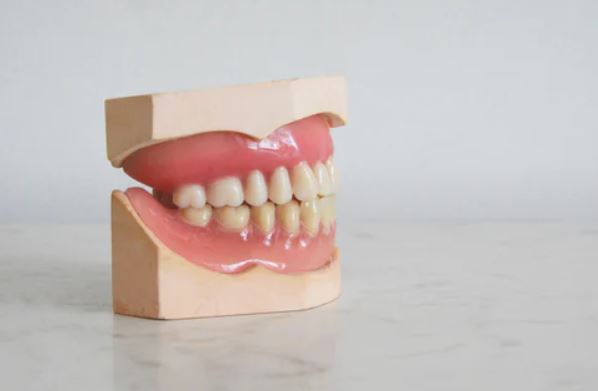Overview Of Gingivitis
Gingivitis is inflammation of the gums.
Commonly Associated With
Gum disease; Periodontal disease
Causes Of Gingivitis
Gingivitis is an early form of periodontal disease. Periodontal disease is inflammation and infection that destroys the tissues that support the teeth. This can include the gums, the periodontal ligaments, and bone.
Gingivitis is due to the short-term effects of plaque deposits on your teeth. Plaque is a sticky material made of bacteria, mucus, and food debris that build up on the exposed parts of the teeth. It is also a major cause of tooth decay.
If you do not remove plaque, it turns into a hard deposit called tartar (or calculus) that becomes trapped at the base of the tooth. Plaque and tartar irritate and inflame the gums. Bacteria and the toxins they produce cause the gums to become swollen, and tender.
These things raise your risk for gingivitis:
- Certain infections and body-wide (systemic) diseases
- Poor dental hygiene
- Pregnancy (hormonal changes increase the sensitivity of the gums)
- Uncontrolled diabetes
- Smoking
- Misaligned teeth, rough edges of fillings, and ill-fitting or unclean mouth appliances (such as braces, dentures, bridges, and crowns)
- Use of certain medicines, including phenytoin, bismuth, and some birth control pills
- Many people have some amount of gingivitis. It often develops during puberty or early adulthood because of hormonal changes. It may last a long time or come back often, depending on the health of your teeth and gums.
Symptoms Of Gingivitis
Symptoms of gingivitis include:
- Bleeding gums (when brushing or flossing)
- Bright red or reddish-purple gums
- Gums that are tender when touched, but otherwise painless
- Mouth sores
- Swollen gums
- Shiny appearance to gums
- Bad breath
Exams & Tests
Your dentist will examine your mouth and teeth and look for soft, swollen, reddish-purple gums.
The gums are most often painless or mildly tender when gingivitis is present.
Plaque and tartar may be seen at the base of the teeth.
Your dentist will use a probe to closely examine your gums to determine if you have gingivitis or periodontitis. Periodontitis is an advanced form of gingivitis that involves bone loss.
Most of the time, more tests are not needed. However, dental x-rays may be done to see if the disease has spread to the supporting structures of the teeth.
Treatment Of Gingivitis
The goal of treatment is to reduce inflammation and remove dental plaque or tartar.
Your dentist or dental hygienist will clean your teeth. They may use different tools to loosen and remove deposits from your teeth.
Careful oral hygiene is necessary after professional teeth cleaning. Your dentist or hygienist will show you how to brush and floss properly.
In addition to brushing and flossing at home, your dentist may recommend:
- Having professional teeth cleaning twice a year, or more often for worse cases of gum disease
- Using antibacterial mouth rinses or other aids
- Getting misaligned teeth repaired
- Replacing dental and orthodontic appliances
- Having any other related illnesses or conditions treated



